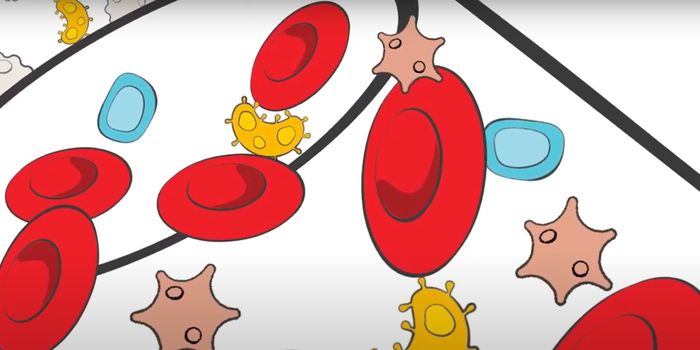Leprosy is a much-stigmatized disease dominated by many misconceptions. Caused by the bacteria Mycobacterium leprae, leprosy mainly affects the skin and the peripheral nerves. The deadening of nerves in the fingers and toes often lead to infections that require amputation. This is contrary to the fallacy that the leprosy bacterium is a flesh-eating one.
Leprosy is also not a death sentence anymore. Since 1995, the World Health Organization provides a multi-drug therapy that's effective against the leprosy bacteria. However, the stigma associated with this disease prevents some infected people from seeking help. Furthermore, the practice of ostracizing people with leprosy has only hindered treatment strategies.
In fact, in the United States, there's a history of ostracism of people with leprosy, with the residual consequences still around today. From 1866 to 1969, more than 8,000 leprosy patients were forcibly taken from their families and exiled to the remote Kalaupapa peninsula in Hawaii. But while the quarantine was lifted decades ago, some living leprosy patients still remain on the island.








